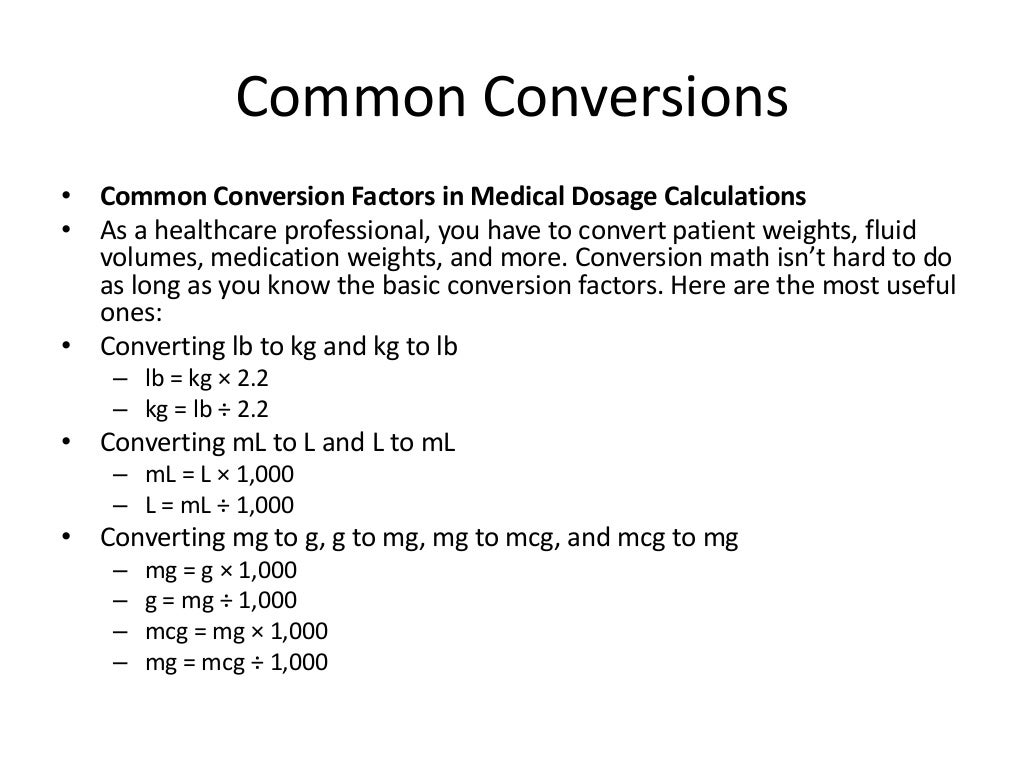
In education, the teaching of these skills New Zealand) regards the standards in drugĭosages calculations skills of nurses and student (UK, Finland, USA, Canada, Australia, and One area of the nursing practice to receive specialĪttention in recent years, in many Countries To deal with calculations involving fractions,ĭecimals and percentages, the average rate of correct answers ranged from 38% to 92% in Involving multiplication, subtraction andĭivision of whole numbers, but when they had Most of the studentsĪre able to correctly perform calculations Subtraction and division of fractions, decimals, Management of drugs, which are: addition,

In carrying out calculations essential for the Mathematical errors indicated that nursesĭid not understand basic maths principlesīrown showed that students had difficulty That 68% of errors made were due to conceptual Theyįound, in their study with 66 nursing students, Involving also the conversion between metricĪnd apothecary units of measurement. In performing long division or multiplication, Numbers, decimals and fractions measurementĮrrors indicated an inability to solve the mathsĬalculation, for example students’ difficulties Subtractions, multiplication, division of whole Performing basic functions such as additions,
#Medication math calculator how to
How to construct a calculation mathematicalĮrrors demonstrated students’ difficulties in Conceptual errors involvingĭifficulty setting up the problems correctly or That significant proportions of students wereĮrrors, followed by errors of calculation and byīlays and Bath identified three areas of drugĬalculation errors: conceptual, mathematicalĪnd measurement. Several studies since the 1980s have found Is an international issue for the nursing profession Indicates that a poor medication calculation skill Computing skills areĬore competencies that nursing students mustĭevelop in order to graduate. Patients, causing damage or endangering theirĭrug administration is among the principleĭuties of nurses, therefore it is essential that nursesĪre able to carry out, drug dosage calculations, toĮnsure patient safety. The administration of incorrect drug doses to Weaknesses in calculation skills may result in Patient Safety includes the safe, accurate andĬorrect drug administration precise drug dosageĬalculations are an essential skill for nurses. Implications for practice An integrated approach of several strategies will improve drug calculation skills of nursing students and ensure patient safety Keywordsĭrug calculation, Nursing education, Nurses students, Calculator, Patient safety Introduction Our study shows mathematical deficiencies in both groups, despite the use of a calculator. The experimental group had scores ranging from 16.15 to 29.25 out of a possible 30, the average score was 24.30 (SD 3.34) and the control group had scores ranging from 12.80 to 27.25, the average was 22.73 (SD 4.38). The range of the scores was different between the two groups. Methods This study compares the test results of the second year nursing students randomized into two groups: an experimental and a control group, respectively with and without a calculator, to understand if the calculator helps students to reduce mathematical errors. To verify if calculator use in the written Maths Skill Test (MST) reduces errors in the test and improves undergraduate nursing students’ performance. Nursing research indicates that a poor medication calculation skill is an international issue for the nursing profession. Drug administration is among the principle duties of nurses, therefore it is essential that nurses are able to carry out, drug dosage calculations, to assure patient safety. Mathematical competence is considered an essential skill for nurses. Patient safety, including safe drug administration, is an essential component of the nursing profession.


Policlinic San Matteo Foundation of Pavia and Department of Public Health Anna Maria Grugnetti 1 *, Cristina Arrigoni 2, Annamaria Bagnasco 3, Giuseppina Grugnetti 4, Stefania Menoni 3, Maeve Casey 5 and Loredana Sasso 3ġ Policlinic San Matteo Foundation of Pavia and Department of Public Health, Experimental and Forensic Medicine, Section of Hygiene,Ģ Department of Public Health, Experimental and Forensic Medicine, Section of Hygiene, University of Pavia, Italyģ Department of Public Health, Faculty of Medicine and Surgery, University of Genoa, ItalyĤ Policlinic San Matteo Foundation of Pavia, Italyĥ University of Pavia, Italy Corresponding Author: Anna Maria Grugnetti, PhD


 0 kommentar(er)
0 kommentar(er)
